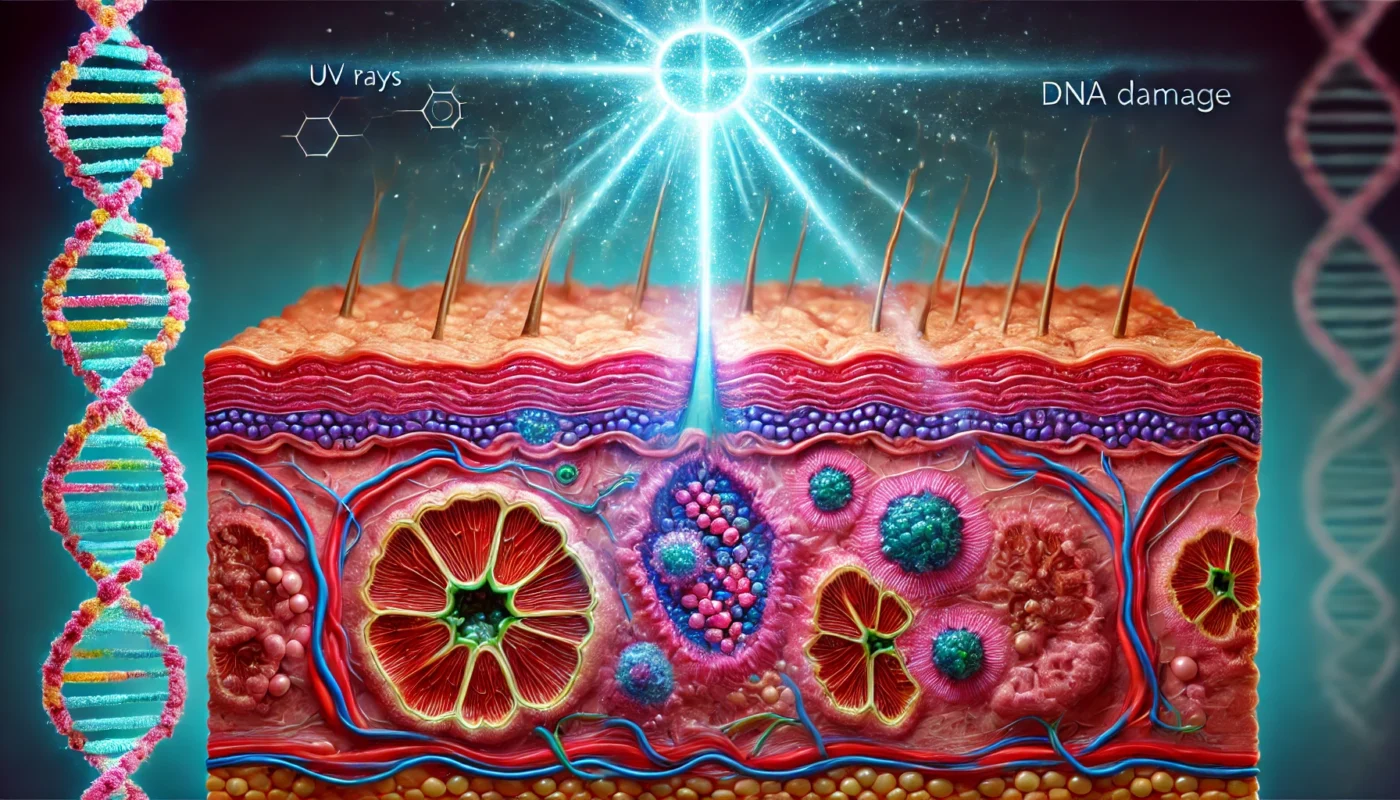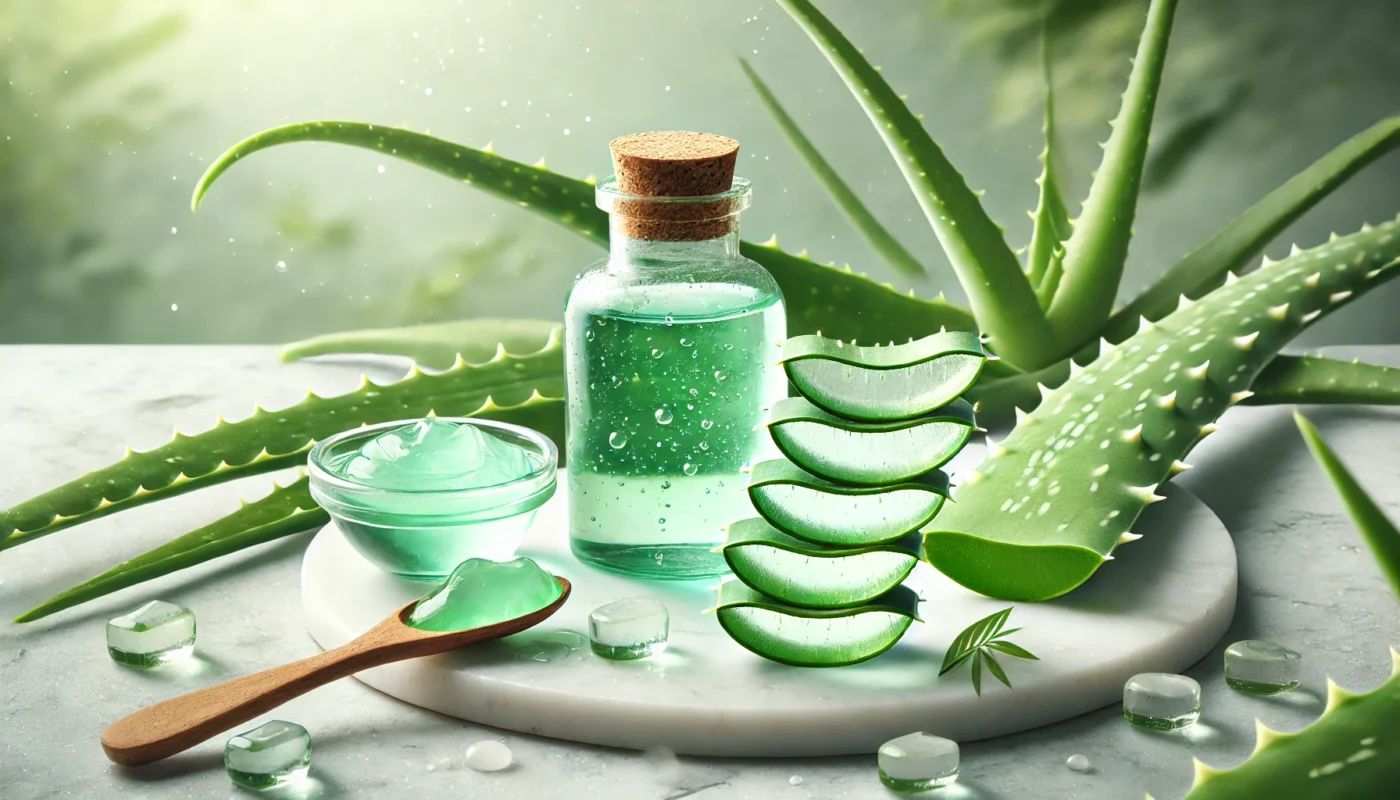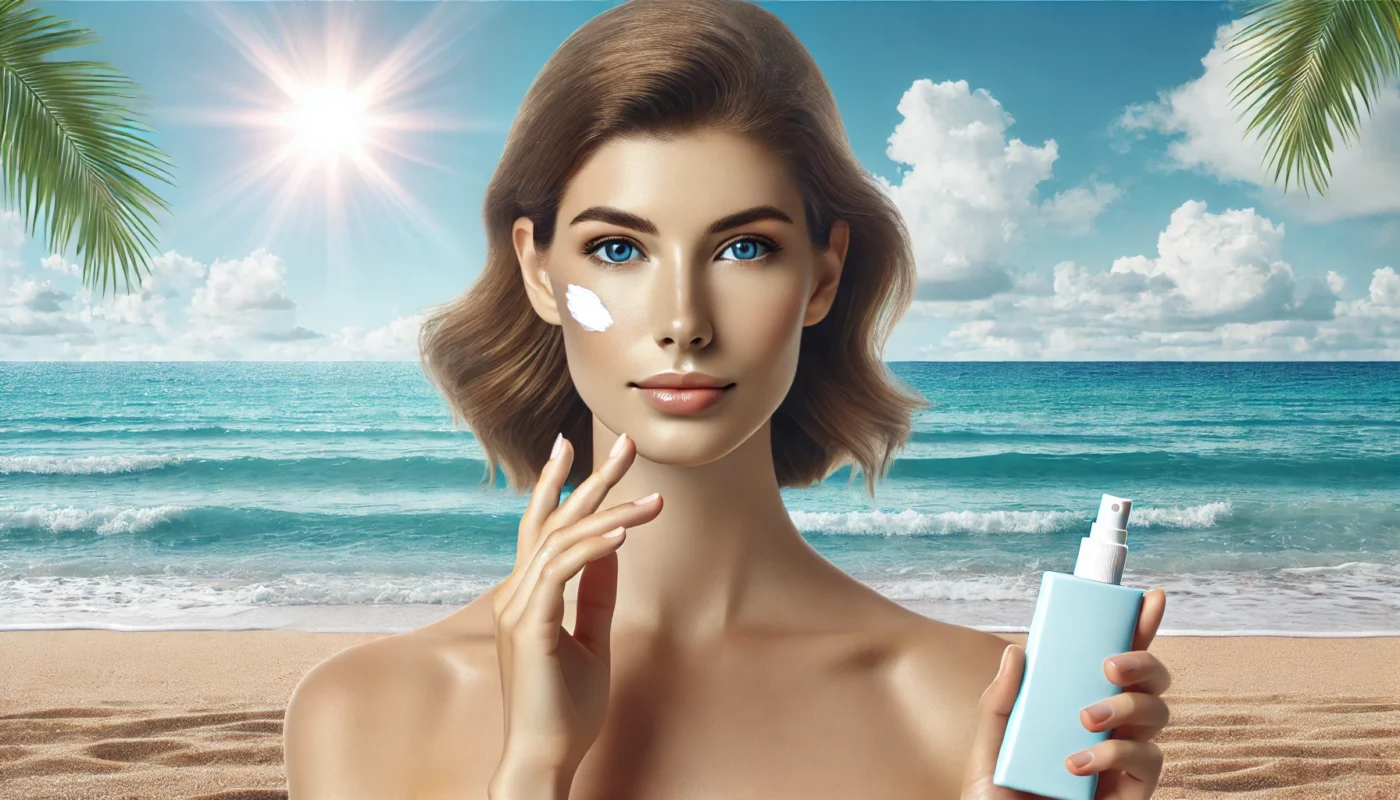When it comes to soothing burns, aloe vera gel stands out as a natural and effective remedy, often lauded for its incredible healing properties. But what makes aloe vera so beneficial for burn relief, and how can you harness its power? In this comprehensive guide, we’ll delve into the myriad benefits of using aloe gel for burns, backed by scientific research and practical advice.
Tag Archives: sunburn
Sunburn occurs when your skin is overexposed to ultraviolet (UV) rays, leading to inflammation and damage. This can result in redness, swelling, pain, and in severe cases, blistering. It’s important to address sunburn promptly to mitigate these symptoms and promote healing.
The interplay between sunburn and salt water is a topic that often sparks curiosity and debate among beachgoers and health enthusiasts alike. Does salt water help sunburn, or does it exacerbate the condition? In this comprehensive exploration, we delve into the science behind these questions to provide a nuanced understanding of how salt water interacts with sunburned skin.
Understanding the far-reaching implications of sunburns transcends the immediate redness and discomfort. It involves exploring the potential long-term effects, such as heightened skin cancer risks, accelerated aging, and various skin-related issues. In this detailed guide, we delve into the complex consequences of sunburns, backed by scientific research, and offer practical advice for prevention and treatment.
Sunburn is a prevalent issue that can impact anyone, but it poses a significant risk for individuals with fair skin. This skin type, characterized by lower melanin levels, is particularly vulnerable to the detrimental effects of ultraviolet (UV) radiation. This article will explore why fair-skinned individuals are more prone to sunburn, delve into the biological mechanisms of sunburn, and provide practical strategies for effective skin protection.
Sunburn occurs when the skin is overexposed to ultraviolet (UV) rays from the sun, leading to damage at the cellular level. This damage triggers an inflammatory response, which can result in redness, pain, and, in severe cases, blistering. If the damage penetrates deeply enough, it can affect the dermis, leading to scarring.
To understand the transition from sunburn to tan, it’s essential to first comprehend what exactly happens to your skin during sun exposure. When your skin is exposed to UV rays, it triggers a response from melanocytes, the cells responsible for producing melanin—the pigment that gives skin its color. Melanin acts as a natural defense mechanism, absorbing and dispersing UV rays to prevent further damage.
Sunbed burns occur when the skin is overexposed to ultraviolet (UV) radiation, similar to sunburns caused by natural sunlight. The intensity of UV rays in sunbeds can often lead to burns if adequate precautions are not taken. It’s crucial to recognize the symptoms early, which include redness, swelling, tenderness, and sometimes blistering.
Sunburn is essentially an inflammatory reaction to ultraviolet (UV) radiation damage to the skin’s outermost layers. This damage is not only painful but can also lead to long-term consequences such as premature aging and an increased risk of skin cancer. The body’s natural response to sunburn involves increased blood flow to the affected area, which leads to the redness and warmth associated with sunburn.
In this comprehensive guide, we will explore the best sunscreen options for fair skin, shed light on the importance of sun protection, and provide practical advice to keep your skin healthy and radiant. By delving into the science behind sunscreens, examining key ingredients, and offering application tips, we aim to empower you with the knowledge to make informed decisions for your skin care routine.
- 1
- 2










